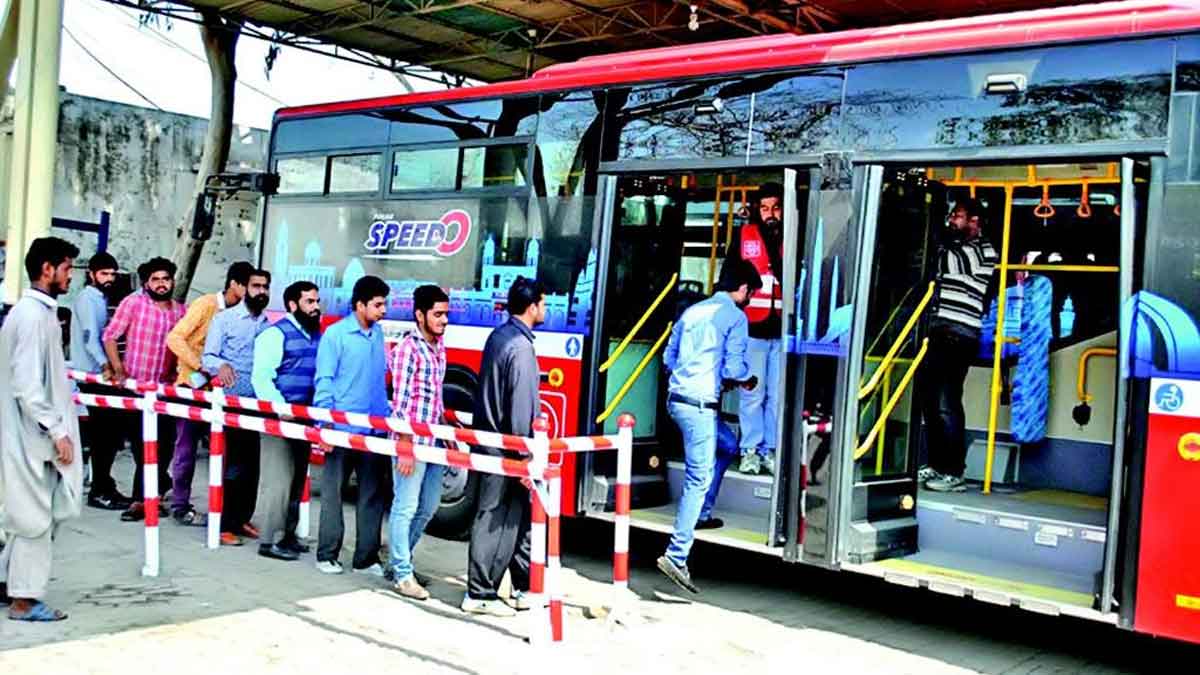The recent massive hikes in fuel prices have adversely hit the routine life of the middle and lower-middle class, consequently, more than 100,000 people who travelled in their own cars on various intra-city routes have now switched to the metro trains, the metro buses and the feeder bus services in Multan, Lahore, and Rawalpindi.
Since the number of such commuters switched to other private or public sectors intra-city bus/van services is separate, while those using their own vehicles for moving out of the cities like Lahore have also switched to inter-city bus services and those already using such transport facilities regularly have reduced their travelling because of the massive increase in the fares.
“While observing the passengers ratio, we have found addition of around 75,000 passengers daily into our intra-city transport systems – Orange Line Metro Train (Ali Town-Dera Gujran), Metrobus (Shahdara-Gajjumata) and the Speedo buses plying on feeder routes in Lahore. Similarly, around 20,000 passengers have also switched to the Metrobus system in Rawalpindi,” a Punjab Mass transit Authority (PMA) official told the media.
Read more: Goods transporters increased fares of cargo shipments by 40% after fuel hike
“An increase of around 7,000 passengers has also been witnessed in Multan’s Metrobus system,” he added.
“We have sent a summary to the Punjab Cabinet and sought its approval for introducing a distance-based fare instead of the flat Rs 40 per passenger. The minimum fare suggested is Rs 20 for travelling on the Orange Line Metro Train. But the fares (Rs 30 and Rs 15) being charged in metro or Speedo buses would remain the same till further orders,” the official maintains.
Moreover, several passengers who were earlier using their own vehicles for travelling have switched to intra-city public transport to reach their offices or places of work due to fuel hikes.
“We have increased fares by 35% whereas the fuel prices surged by 55%. This has affected the middle and lower-middle classes badly as those using their own cars to travel have started travelling by buses. Moreover, those using the inter-city public or private transport have squeezed their travelling as they (mostly the salaried class) have stopped going back to their homes weekly–perhaps they have planned to go home fortnightly or monthly,” said a senior executive of a transport company at Thokar Niaz Baig.
The number of commuters has also increased in the non-AC bus service, an employee of a private bus company said.
Meanwhile, the hikes in fuel prices has also adversely affected businesses in the rest and service areas on the motorways.
“You can see the few vehicles, which were once in numbers, parked here despite the fact it is the weekend. It means the number of passengers has decreased, reducing our sales to 30%,” a tuck-shop salesman at Pindi Bhattian lamented.





















